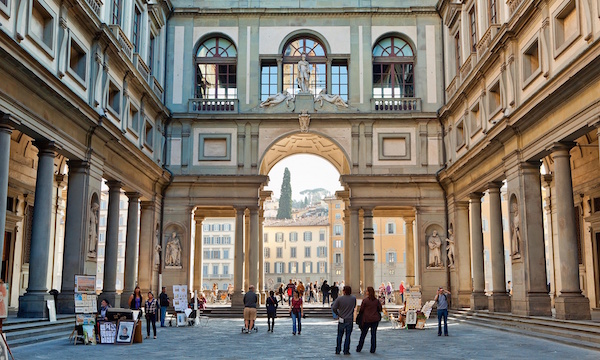Art World
Italy Struggles to Find Directors for Its Top Museums


Alexander Forbes

Italy’s institutions are struggling. Several major thefts and conservation scandals earned the country a spot on artnet News’s list of the art world’s major snafus of 2014 (see The 10 Biggest International Art Scandals of 2014). In an effort to curb the bleeding, the country has thrown a Hail Mary, posting advertisements across international media in hopes of attracting top talents for its 20 most prestigious museums.
The move comes as part of a wide-reaching shakeup of the country’s culture policy, led by culture minister Dario Franceschini. He has taken to heart the modernizing—and budget stabilizing—initiatives of the nation’s Prime Minister Matteo Renzi (see Italy Announces Sweeping Cultural Reforms).
A major thrust of this is a restructuring of Italy’s museum system, giving its best museums directors familiar with the challenges of 21st century museum management (i.e. able to solicit heaps of private funds to keep the lights on and air conditioners working) and creating regional authorities to oversee the remainder of the nation’s institutions. Traditionally, due to museums being funded by the government—a trend across the European continent—museum directors in Italy have been adept art historians rather than masterful moneymen (see Italy Finally Acts to Ramp Up Museums’ Profitability).
Among the posts on offer are the directorships of the Galleria Borghese in Rome, the Galleria degli Uffizi in Florence, and the Galleria dell’Accademia in Venice, which together, hold some of the world’s great art historical masterpieces. But, though presiding over a cackle of Caravaggio’s may be a great honor, the compensation offered is quite weak by international standards. Base pay tops out at €145,000 ($168,200) with a maximum bonus of €40,000 ($46,200) based on funds raised. For those not already in the Eurozone, it’s an even tougher sell, as those dollar equivalents are predicted to continue to fall.
Up to ten candidates will be called for interviews for each museum. And the selected directors will each serve for a four year term. The institutions’ current directors are also permitted to apply, but must go through the same process as the new applicants.